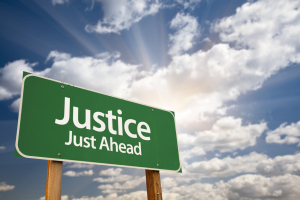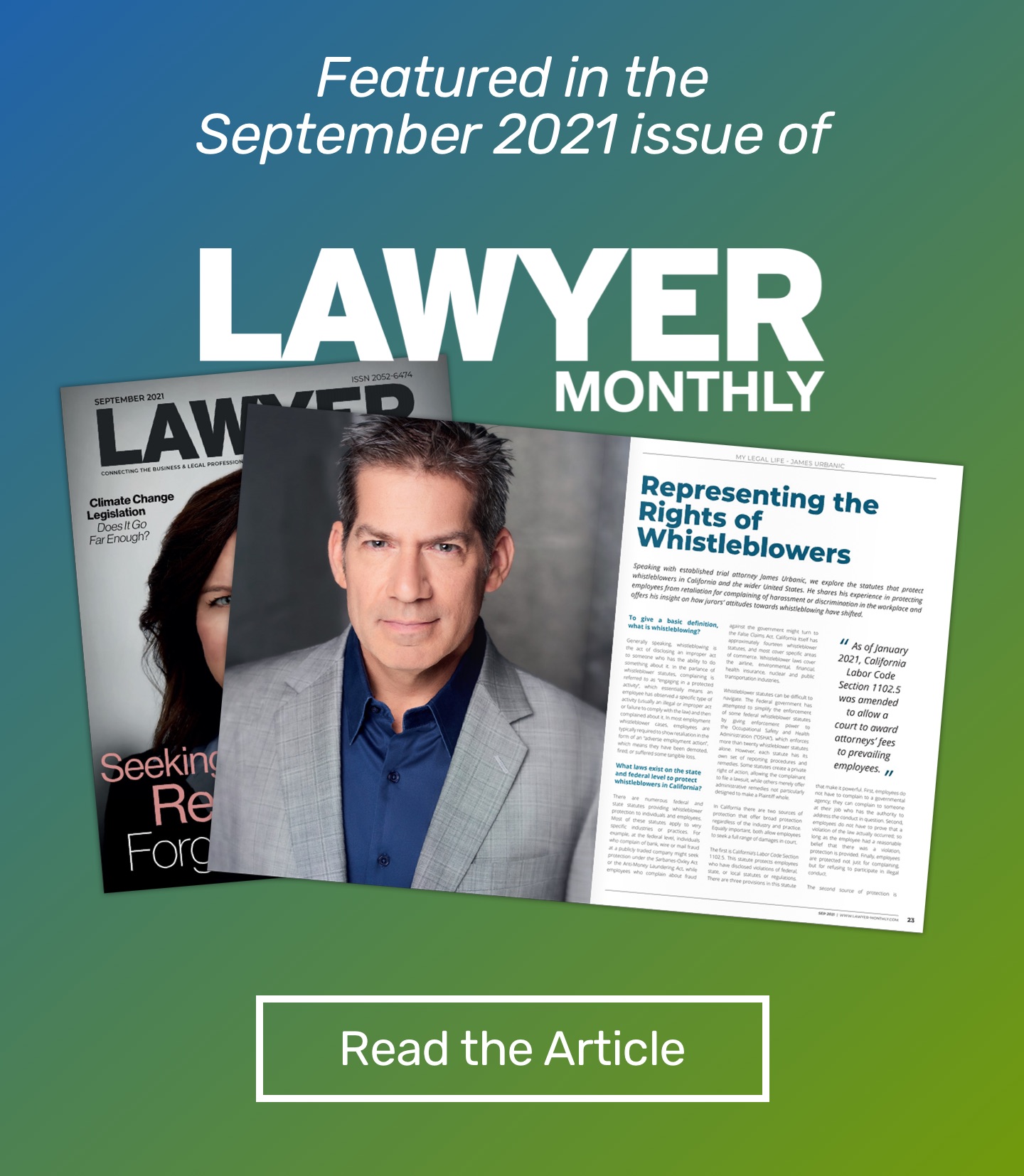
How to Document Workplace Discrimination to Preserve a Future Claim
When you have been the subject of any type of discrimination at work, recording the incident and preserving any associated evidence can be the key to protecting yourself – and safeguarding any future discrimination claim you may want to pursue.
Revealing the specific details that are important to document, below we have shared some helpful tips for recording workplace discrimination.
While the following information can be crucial to empowering the targets of discrimination, however, don’t hesitate to contact a trusted Los Angeles employment attorney at Urbanic & Associates when you need answers about your best options for justice and recovery following any instance of workplace discrimination or harassment.
5 Indispensable Tips for Recording Workplace Discrimination
- Write down when the incident happen – A discrimination log should include specifics, including dates/days/times, of exactly when each incident occurred. As part of these details, it’s also crucial to document where the incident happened (e.g. at the office or off-site somewhere; if at the office, where specifically in the office environment; etc.).
- Include details about what occurred and whether there any witnesses – This is where you will explain the story of the event, providing details of what occurred immediately before, during and after the discriminatory incident. While it’s important to name the alleged perpetrator and explain what (s)he did that would constitute discriminatory practices, it’s also crucial here to identify (by name) any possible witnesses to the incident.
- With this aspect of documenting discrimination claims, it can be helpful to ask witnesses to write up their own accounts of what they saw, heard and/or experienced in relation to the incident and to provide you with a copy of that written account (for your log/records).
- Detail whether the incident was reported and, if so, what the employer’s response was – When recording this aspect, be sure to include when (the date/date/time) the incident was reported to the employer; how the report was made (e.g., verbally, in written form, etc.); who the report was made to (e.g., a manager, an HR representative, etc.); and what the outcome of the report/the employer’s investigation was (to the extent that this is known).
- Don’t forget to save any related evidence associated with a given incident – What this related “evidence” may be will hinge on the details of the situation; however, some common examples of evidence to retain include (but are not exclusive to) copies of emails, employers’ policies or memos, employee handbooks, etc.
- Record every discriminatory event, no matter how minor it may seem – This is pivotal to being able to establish a pattern of discrimination and how that contributed to a hostile work environment. So, regardless of how inconsequential a discriminatory event may have seemed, document in your log.
Contact a Los Angeles Employment Attorney at Urbanic & Associates
To find out more about how to fight back against workplace discrimination, harassment or retaliation, contact a trusted Los Angeles employment attorney at Urbanic & Associates. For well over 15 years, our skilled team of legal professionals has been dedicated to aggressively advocating workers’ rights and helping them stand up to even the most formidable opponents in any legal setting.
Call (310) 216-0900 or send our firm an email using the contact form on this page to discuss your options for justice and recovery following workplace discrimination.
From our offices based in Los Angeles, Attorney James Urbanic provides superior representation to clients throughout Los Angeles County and southern California, including (but not limited to) those in Glendale, Burbank, Alhambra, Van Nuys, Santa Monica and Orange County.

